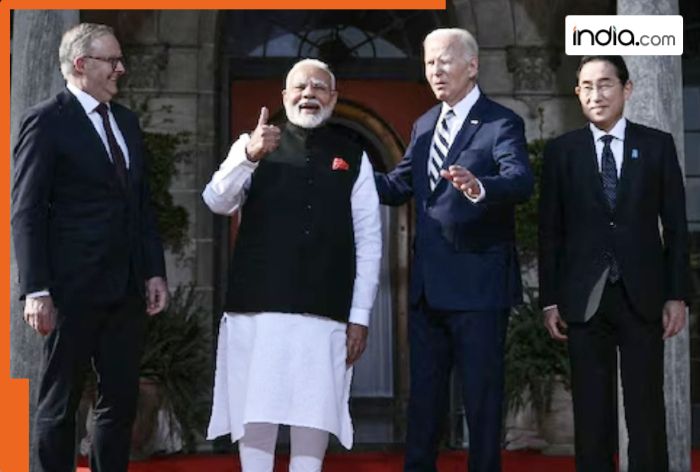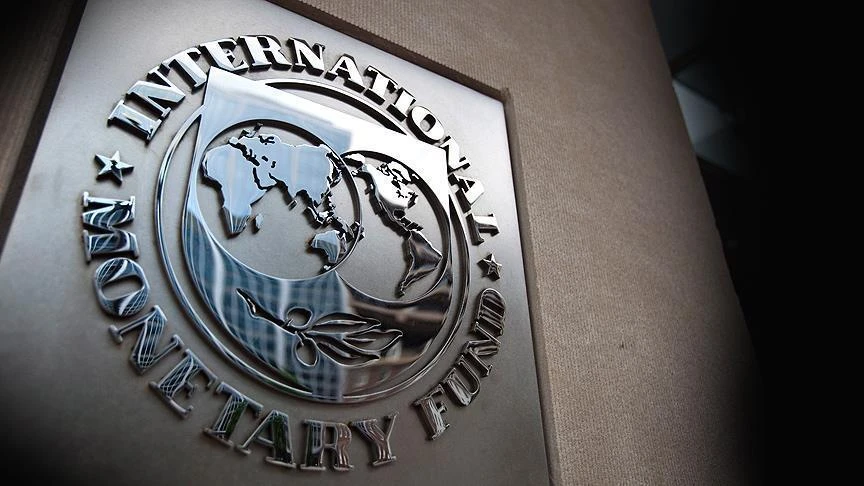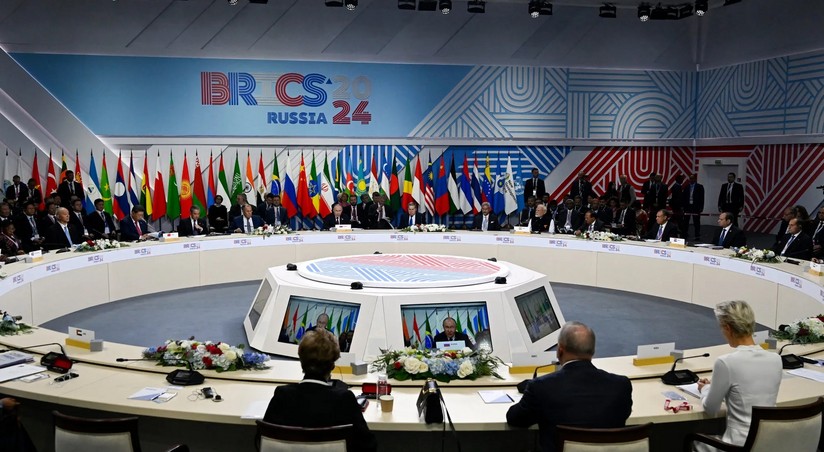



In its 2025 rankings, Forbes has positioned the United States as the most powerful nation in the world, followed closely by China. India, despite being the fastest-growing economy and possessing the fourth-largest military, ranks 12th in this assessment. The rankings take into account various factors including leadership, economic influence, military power, and international alliances [58916743].
India's economic performance remains impressive, with its GDP ranking fifth globally at nearly $4 trillion, showcasing its significant role in the global economy. Other countries in the top ten include Russia, the UK, Germany, South Korea, France, Japan, Saudi Arabia, and Israel [58916743].
The International Monetary Fund (IMF) has projected that Türkiye will become the 17th largest economy in the world by 2024, with a GDP expected to reach $1.344 trillion, improving from its 18th position in 2023. This reflects Türkiye's robust economic growth amidst global uncertainties [a6b2dce4].
The IMF forecasts indicate a steady increase in Türkiye's GDP over the coming years, with projections of $1.46 trillion in 2025 and $1.48 trillion in 2026. In terms of purchasing power parity (PPP), Türkiye ranks 12th globally, with an estimated GDP of $3.456 trillion in 2024 [a6b2dce4].
In addition, Türkiye's per capita income is forecasted to rise to $15,666 in 2024, positioning the country at 67th in global rankings. Its PPP-based per capita income is expected to reach $35,449, showcasing its growing economic strength [a6b2dce4].
The United States continues to lead the global economic landscape with a GDP exceeding $29 trillion, while China follows with over $18 trillion. Germany and Japan hold the third and fourth positions, respectively, with India firmly established as the fifth-largest economy [b1de1312].
As emerging markets like Türkiye and India continue to expand, they are poised to contribute significantly to the shifting dynamics of global economic power, particularly as BRICS nations gain prominence [c7720dcc]. These developments highlight the interconnectedness of military strength and economic influence in shaping the global order [58916743].